From Fast Fashion to Slow Fashion!
What is fast fashion?
Fast fashion is a modern phenomenon. Whereas in the past we used to wear a winter coat or pair of jeans for years, fashion now changes several times per season. We quickly tire of what we buy and want to keep buying more clothes. In short, the characteristics of fast fashion are:
-
Clothing is produced as cheaply as possible
-
High turnover: multiple fashion trends per season
-
Production in low-wage countries
-
Often environmentally unfriendly production
-
Even expensive clothes can be fast fashion!
This fast fashion industry has set a new standard for very cheap clothing. While this is good for our wallets, the industry has far more negative consequences than we may realize.
How did the current fast fashion industry arise?
-
We earn more and spend more on clothing
The percentage of income spent on clothing in Europe has risen from 2–5% to 10–15% of disposable income. -
Continuous and rapid flow of new fashion trends
Since the 1990s, fast fashion brands like H&M and Zara have accustomed consumers to a constant stream of new trends. -
Constant online temptation and influence
Social media and influencers continuously expose consumers to rapidly changing clothing trends. -
More sales and low-price promotions in stores
Until 1984, Dutch law limited sales to twice a year for 19 days each. Since this law was abolished, stores can promote low prices year-round, and consumers have grown used to cheap clothing.
The current fashion industry
Most fashion on the market today is fast fashion. Trends change quickly, and brands refresh their (cheap) collections frequently. Since 2000, clothing consumption has more than doubled, with the average garment worn only seven times. The fast-changing industry fuels consumers’ desire to always wear something new and keep up with the latest trends.
Fast fashion clothing is often poor quality
Large fashion chains focus only on profit, which depends on our desire to buy new clothes. So why not encourage that desire? They produce hundreds of millions of garments annually. The faster the clothing wears out, the sooner we return to the store to buy new items. To cut costs, quality is the first to suffer.
Production conditions are often problematic
Worldwide, about 47 million people work in the clothing industry, 85% of whom are women. Much clothing is produced in sweatshops in low-wage countries under harsh conditions. Most workers earn below living wages and work long hours—60 to 90 hours per week in some Asian factories.
Environmental impact of fast fashion
Producing one cotton T-shirt uses 2,500 liters of water and 200 ml of chemicals; one pair of jeans uses 7,000 liters of water. Cotton production consumes 22.5% of global insecticides and 10% of pesticides. Production volumes are huge and fast, with much remaining unsold. Of 950 million garments released on the Dutch market in 2020, 790 million were sold, meaning 160 million remained unsold—wasting resources. This number is expected to grow.
Fast fashion clothes are often discarded quickly
In the Netherlands, 235 million kilos of textiles are thrown away annually, of which only about 28 kilos end up in thrift stores. Of the 40 garments discarded per person each year, 24 go straight to the trash.
All this comes at a heavy price, largely paid behind the scenes by workers in developing countries and our environment. This price was once invisible to consumers but is now becoming clearer.
Slow fashion is on the rise!
How can you become a more conscious consumer? It starts with educating yourself, reading up, and being open to change. Buy sustainable and fair clothing! Buy local, buy secondhand, and support independent designers. Together, we can make a difference. Slow fashion is growing, and its outdated “boring” image is fading.
As awareness grows, fast fashion faces increasing criticism. Consumers buy more ethical clothes, and companies in this industry spend millions on marketing to improve their image, launching “conscious collections” or donating proceeds to charity.
Despite clever marketing, the truth remains: fast fashion is one of the dirtiest and most harmful industries in the world. Specifically, it is the second most polluting industry after oil.
Moving together towards slow fashion
Fortunately, producers and consumers are joining a movement to change this damaging system. No more mass production, but sustainable fashion that lasts, is environmentally friendly, and produced under humane conditions.
There are growing initiatives contributing to clothing industry sustainability in various ways. Here are some fashion alternatives for you to consider: vintage, fair, green, or vegan fashion—what matters most to you?
-
Vintage fashion is a sustainable alternative to fast fashion. By reusing someone else’s clothing, no new resources are needed, and no new clothes have to be produced under poor labor conditions. The availability of vintage clothing has grown significantly in recent years.
-
Green fashion aims to reduce the environmental impact of fashion. Quality of clothing, materials used, energy consumption for production, and transport are important factors.
-
If you prefer new clothes, consider brands that sell Fair Trade fashion. Fair fashion focuses on ethical clothing produced under fair conditions, whether in developing countries or locally, including initiatives supporting people with employment challenges.
Choose the clothing container, not the trash bin!
If you no longer want a garment or it’s worn out, don’t throw it in the trash—there are still useful purposes for it! Unfortunately, about 135 million kilos of textiles are thrown away yearly in the Netherlands, and only about a quarter is recycled. Even damaged clothing can be reused. Find a nearby collection container or drop off your old clothes at an H&M store. In short, help complete the slow fashion cycle!









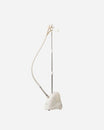
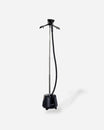
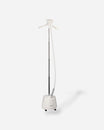









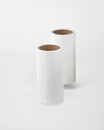




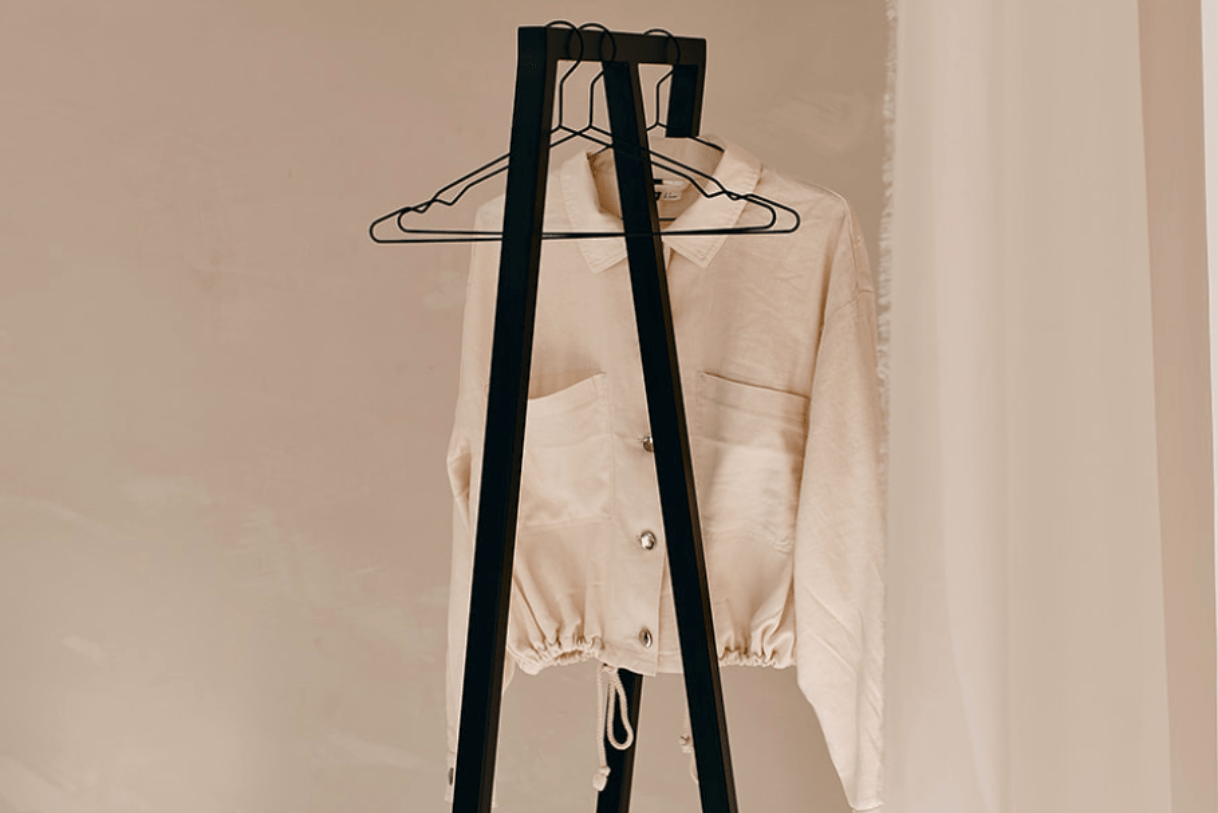

Leave a comment
All comments are moderated before being published.
This site is protected by hCaptcha and the hCaptcha Privacy Policy and Terms of Service apply.